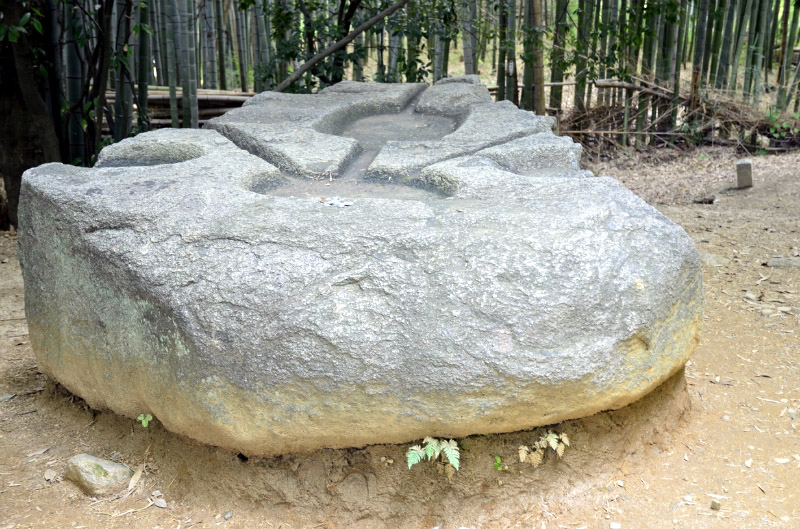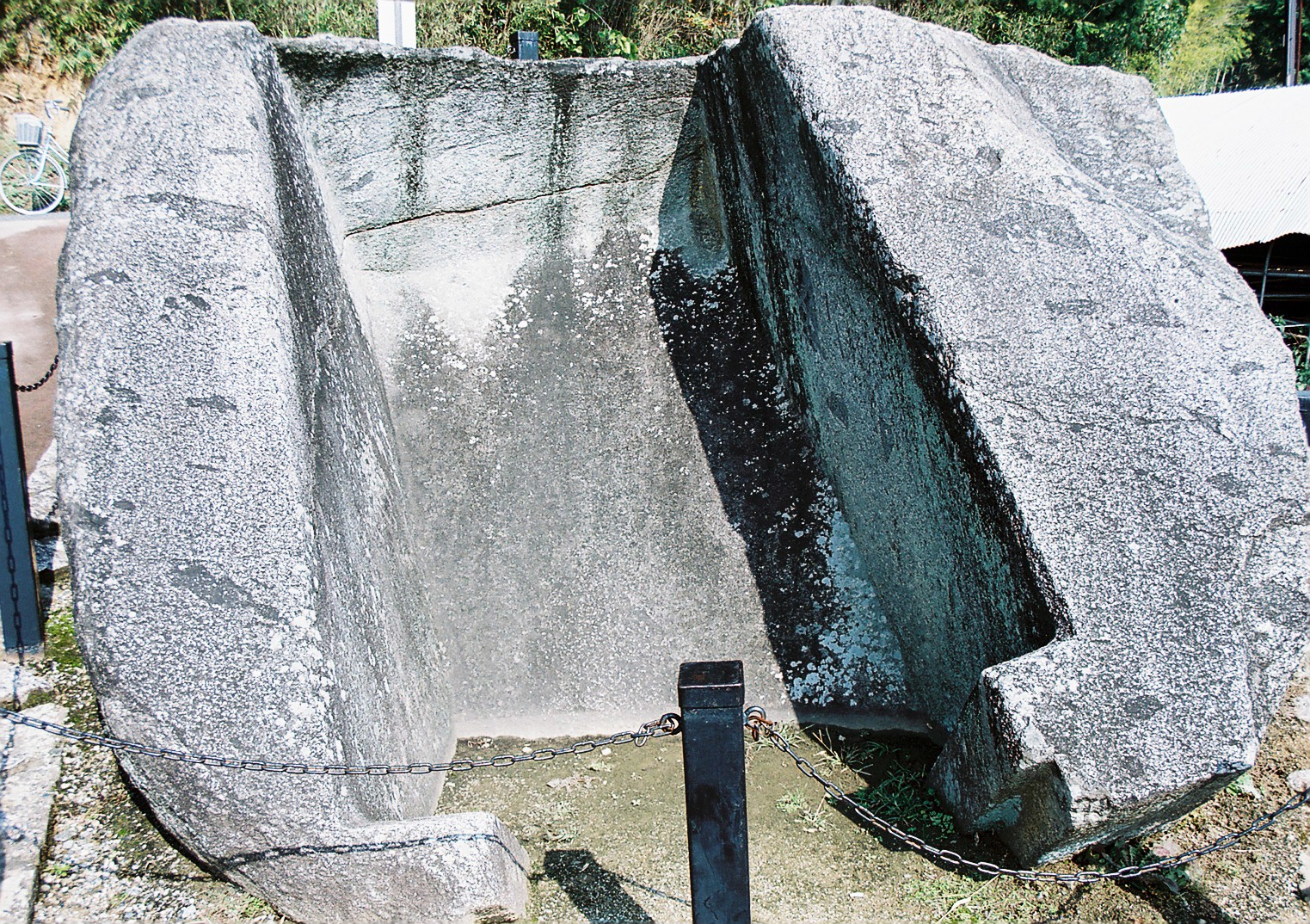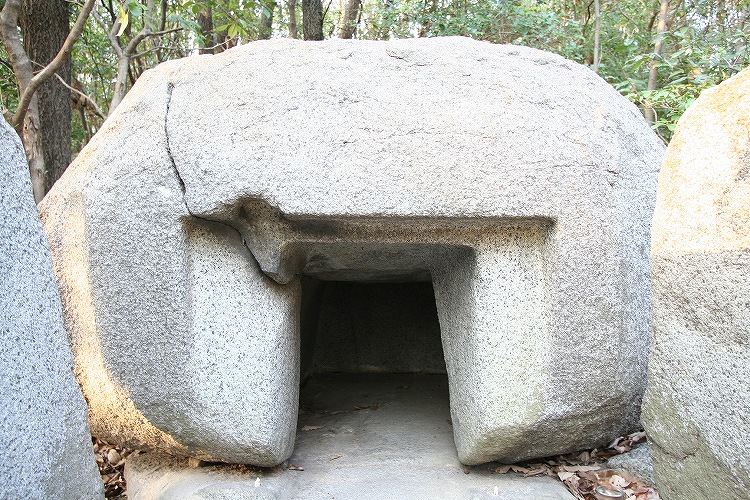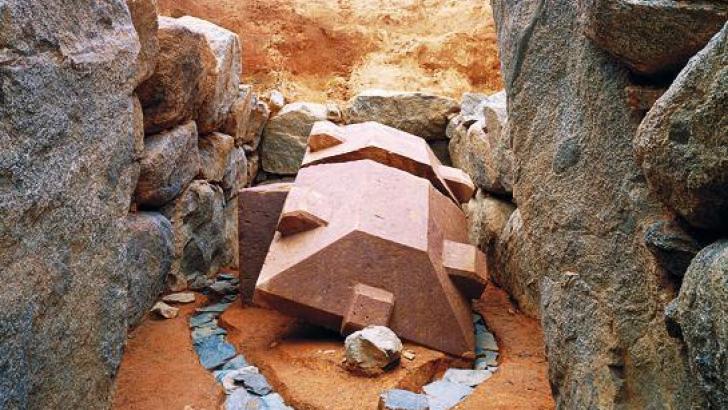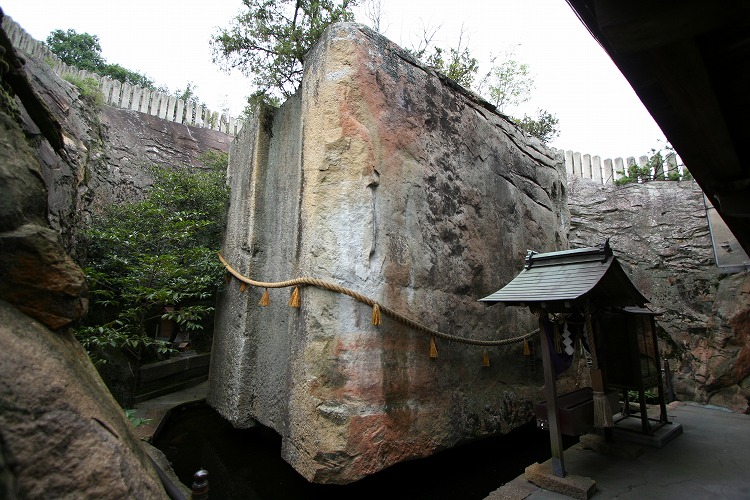The Enigmatic Megaliths Of Asuka
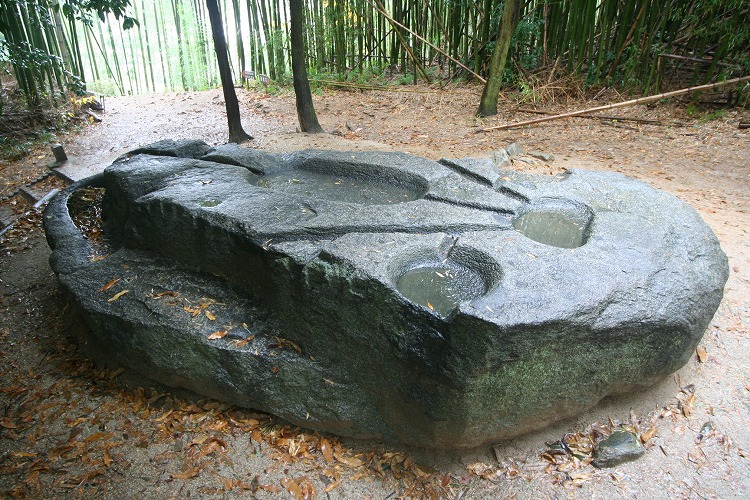
The village of Asuka is located in the Takaichi district of Nara prefecture in Japan, an ancient land with historical interests.
It is the land where ancient Asuka palaces were located, as it probably was a territory inhabited since remote times.
It has its origins in the period of the “Tumuli” (250-552 AD), also called “Kofun jidai”, which means “ancient mound period”.
This period of Japanese history is characterized by a particular type of burial mound popular at the time.
In particular, terracotta mounds in the shape of a “key” surrounded by moats.
But one of Asuka’s most unique features is the multiple granite stones carved into particular shapes in various parts of the region.
In several areas are in fact unusual and enigmatic carved granite stones, the largest of which is the one in the picture below, known as “Masuda no Iwafune”, the “Rock-Ship”.
The Rock Ship of Asuka

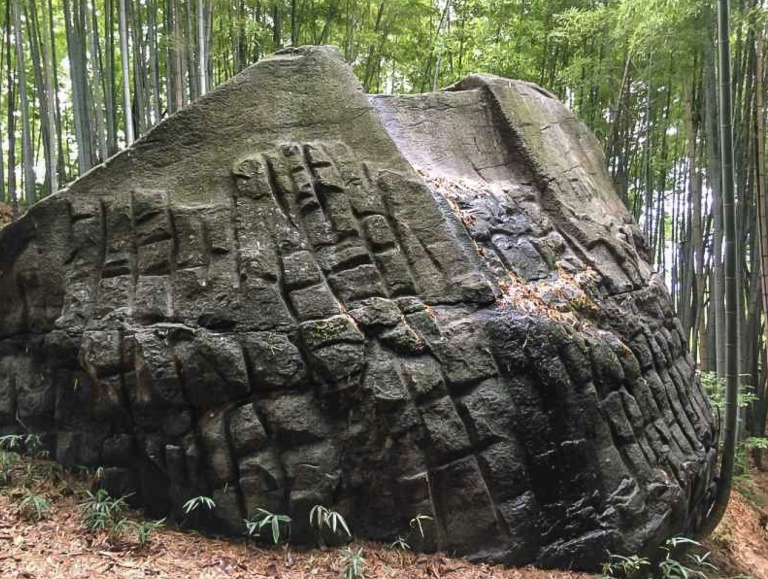
The structure is a very large megalith approximately 11 meters in length, 8 meters in width, and 4.7 meters In height.
The upper surface has been completely flattened and there are two one-meter square holes carved into it and a ridgeline that is parallel to both holes.
At the base of the stone are lattice-shaped indentations which are believed to be related to the process that was used by the builders to flatten the sides of the rock.
It is located on top of a hill just a few hundred meters west of Okadera Station.
How or why this colossal stone and others were carved remains a mystery, as they appear to have a different style than later Buddhist sculptures.
There are also several nearby kofuns or tombs including the Ishibutai Kofun which is built from massive boulders including one that weighs an estimated 75 tons.
Precisely cut and perfectly polished megalithic stones weighing dozens of tons that cannot be dated to a certain period or a specific culture are largely present in the region of Asuka, resembling the craftsmanship of similar structures that can be seen in Egypt and South America.
The Ishi No Hoden Megalith
Near the city of Takasago, Japan, there is a huge monolith known as “Ishi no Hoden”, a single block of perfectly carved stone, weighing an incredible 500-600 tons.
The term Ishi no Hoden means “floating rock that comes from the sky”, and it is said that inside it houses the soul of a god, or a spirit; another way of saying that the rock itself has a soul of its own.
Local tradition tells that the monolith is linked to one of the first divinities descended from the sky on Japan, who flew over the country aboard a giant stone aircraft.
Looking at this incredible monolith it seems to be dealing with a “semi-complete” work, as it was abandoned in the same place where it was made, and a prism-shaped protuberance carved on one of its vertical sides suggests that the object actually rests on its side.
Next to this mysterious monolith, considered “divine” and revered by the locals since ancient times, a Shinto temple was built.
According to the official version, the rock would have been nothing more than a tomb, but there is no scientific information on who built it and for what purpose.
Under the monolith, there is a large stone tank in the shape of a “tray”, and according to the records of the temple, the water contained within it never dries up, even during periods of a long drought.
In 2005-2006, the Takasago city council, together with the University of Otemae, analyzed the stone and carried out three-dimensional measurements, and apparently, no traces of picks or other tools were found on its surface.
The entire rock is in fact polished of any sign of processing.
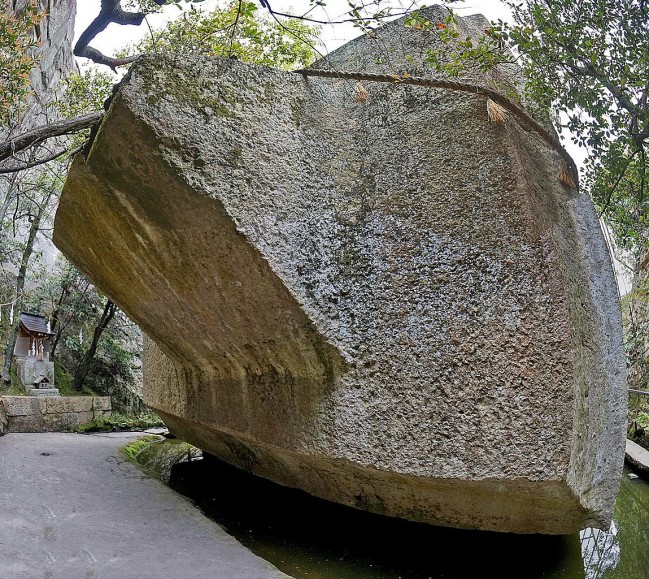
Other Megaliths at Asuka
